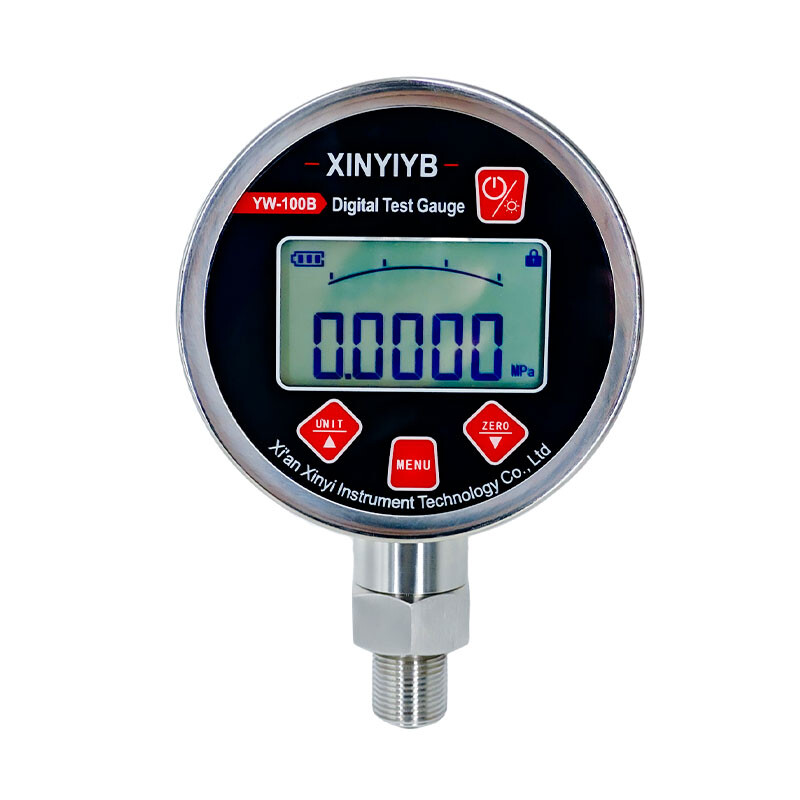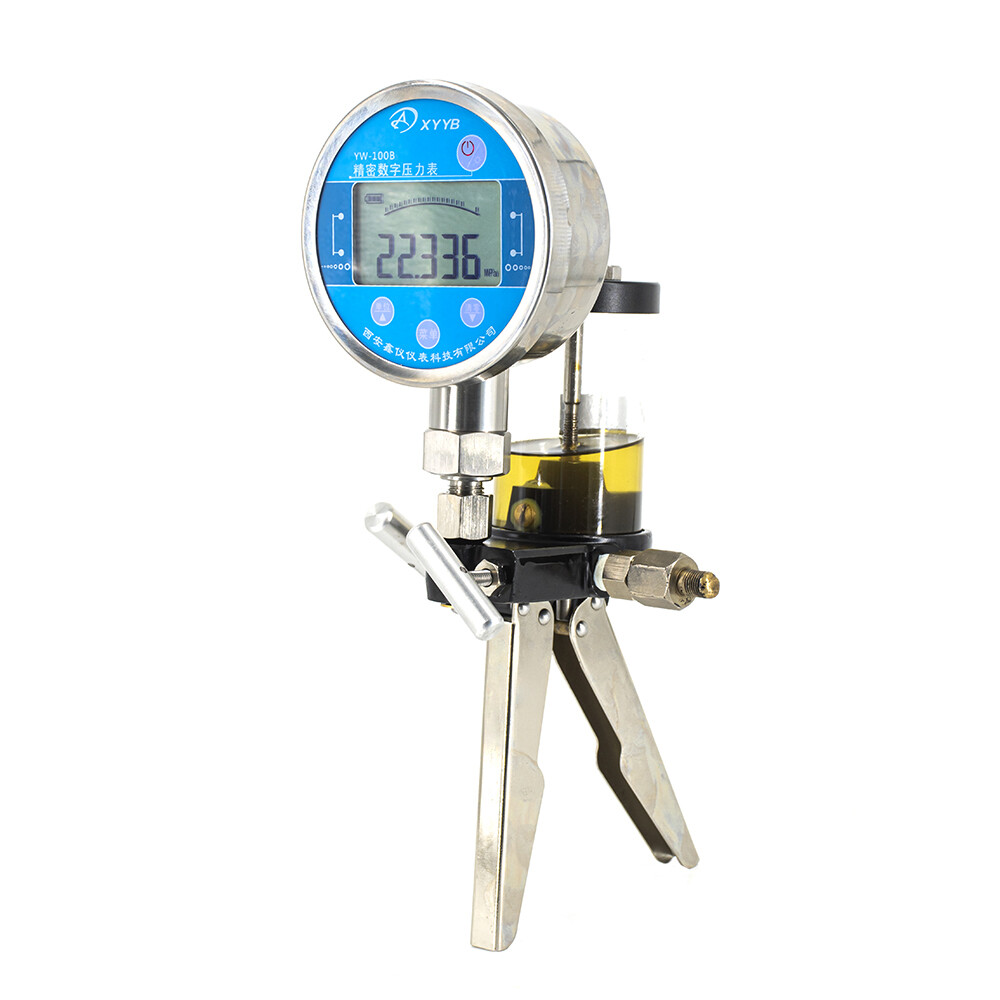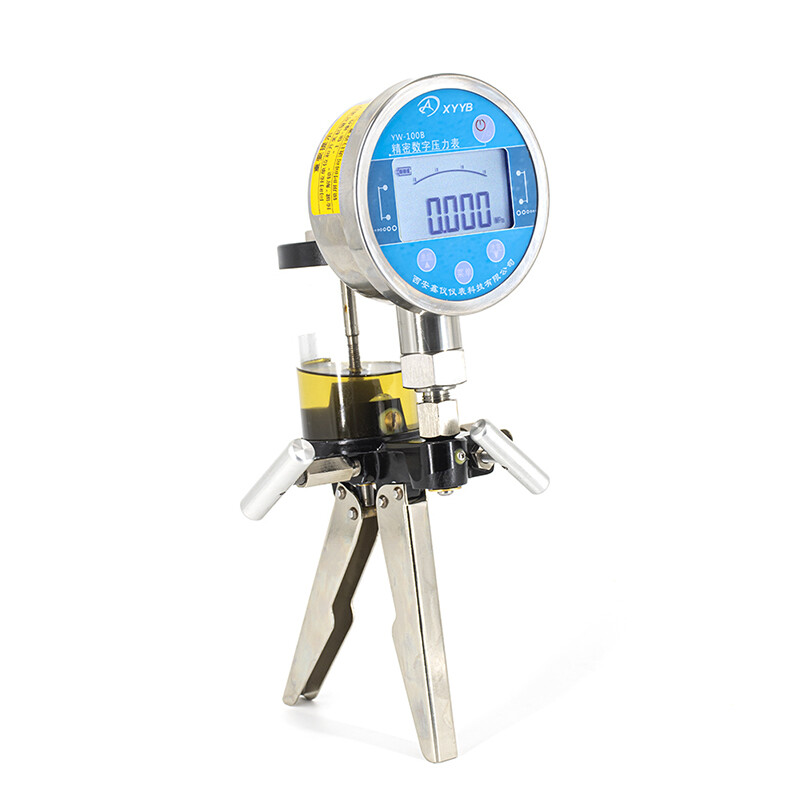The Methods For Troubleshooting Temperature Transmitters Mainly Include The Following Aspects:
1.Troubleshooting of Power Supply Malfunctions:
Check the power supply to ensure that the power supply of the temperature transmitter is properly connected. Use a multimeter or other tools to measure whether the power supply voltage meets the working requirements of the transmitter. If it is battery powered, check if the battery is fully charged; If it is an external power supply, check if the power adapter is working properly.
2.Signal line inspection:
Check if there is any looseness in terminals 4 and 6 of the input signal line. If there is looseness, tighten the loose wires tightly.Check if the temperature compensation components of terminals 1 and 3 are properly connected. If they are loose, they also need to be tightened
3.Troubleshooting of Sensor Malfunctions:
Temperature sensor circuit breaker: Temperature transmitters all have a temperature sensor fuse alarm function. If the output value of the transmitter is less than the standard signal (such as less than 4mA), and the current value displayed on the multimeter is 3.75mA, and the red light of the transmitter module flashes, it can be determined that the temperature sensor is disconnected and the front-end probe needs to be replaced.
Temperature sensor short circuit: At this time, the output value of the temperature transmitter is generally irregular and appears as an abnormal value. If the front-end circuit is handled well, the temperature transmitter module will not be damaged; Poorly handled circuits may damage modules.
Temperature sensor "virtual breakage and virtual short": This situation is generally due to the quality of the temperature sensor packaging, manifested as the temperature transmitter sometimes being normal and sometimes not. Most of the reasons are related to the packaging quality of temperature sensors, which can be solved by replacing the probe
4.Power supply voltage issue:
Low supply voltage: If the supply voltage is 2-3VDC lower than the standard supply voltage, the temperature transmitter can operate normally while ensuring normal power consumption. But if the supply voltage is below this range, it may cause the transmitter to malfunction
High supply voltage: The supply voltage should not exceed 32VDC, otherwise it may damage the temperature transmitter
5.Measurement error and temperature drift
Measurement error: may be caused by sensor aging, contamination, or inaccurate calibration. Regular calibration of equipment can reduce measurement errors, and calibration can be achieved by comparing measurements with standard thermometers.
Temperature drift: The output of the device may vary with changes in ambient temperature, resulting in inaccurate measurement results. This usually requires regular calibration of equipment to ensure measurement accuracy.
By following the above steps, it is possible to effectively troubleshoot and maintain the temperature transmitter, ensuring its normal operation.
Contact

Chat Online






